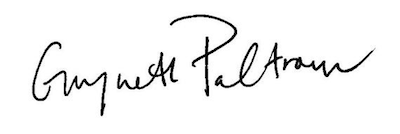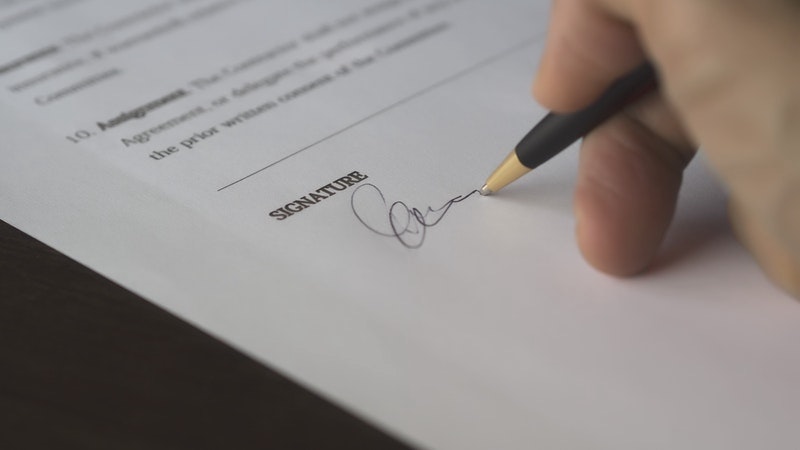Thin-Slicing in Everyday Life
Episode #1 of the course How to analyze signatures by Annette Poizner
“Continental psychologists see in graphic movements the quintessence of expression. It is a crystallized form of gesture, an intricate but accessible prism which reflects many, if not all, of the inner consistencies of personality.” —Gordon Allport, past President of the American Psychological Association
Do you notice handwriting? Ever been intrigued by the fact that one person’s handwriting can look so radically different from another’s? Ever wonder what those differences actually mean?
Welcome to my world! I’m Annette Poizner, and ever since I had my handwriting interpreted by a psychologist 30 years ago—it blew me away—I’ve been endlessly fascinated, diligently studying a little-known European discipline: clinical graphology.
In this course, I’m excited to share this passion of mine. So, roll up your sleeves, and let me introduce you to the wide world of thin-slicing.
“Huh? What’s that?”
Well, you do it all the time …
Thin-slicing is psychology’s word for an ability to accurately judge people or situations on the basis of first impressions. Any time you come up with a guess about someone after quickly registering their mannerisms or clothes, you’re trying to know more on the basis of less.
Malcolm Gladwell in his best-selling book, Blink: The Power of Thinking without Thinking, points out that with training and practice, we can all improve our ability to thin-slice. And if we do, if we register subtle information about the people we work or live with, we might understand them a bit better.
Reading between the Lines
Graphology, or handwriting analysis, is a field that allows trained practitioners to “thin-slice” just by looking at handwriting. Graphologists examine how somebody shapes their letters and how they sign their name. This European technique is not a party trick. It is a clinical tool that can help psychotherapy clients understand themselves.
You, too, can use graphology to “thin-slice.” Even just taking a moment to form impressions of the signatures of customers or friends can help you generate some tentative insights about people, thinking more mindfully about who they are and what they need.
For starters, one way to train yourself to really see what is on the page in front of you is to look at signatures of people you know. Challenge yourself to come up with one word to describe the impression you get from any signature you see.
Exercise
Let’s start with a few examples so you can learn. Review the five signatures below.





Now I’m giving you five words. Your task to connect each word to one of the signatures above:
• critical
• conservative
• insecure
• individualistic
• private
Once you have done the exercise, you can look at the answers below:
Some Answers
A writer who makes use of the very traditional copybook letters that are taught in elementary school shows an allegiance to classic conservative values. Ralph Lauren’s signature reveals him to be a traditionalist.
Whoopi Goldberg uses letterforms that are completely idiosyncratic. She shows us that she is not interested in conforming to norms (including norms about how letters are to be shaped). Her letterforms show her to be quite individualistic.
Oprah’s signature has her circling her first name, representing the personal self, within the oval of the capital letter, showing a tendency to be private, not unusual for someone who experienced sexual abuse at a young age. The public self, represented by her last name, is not enclosed in a protective oval.
Writers who use sharp angles in their handwriting (see the “n” in King) are generally sharp and very bright, but also sharp-tongued. Note that this writer, novelist Stephen King, ends up crossing out his own name when crossing his t-bar. That’s an act of self-mutilation, graphically speaking, revealing a tendency toward self-criticism. He who is critical of self will be critical of others as well.
Finally, this signature of Gwyneth Paltrow lacks a stable baseline and therefore, rides up and down like a rollercoaster. The signature lacks a feeling of firm solidity. Indeed, Paltrow has described her history of terrible insecurity.
Chances are, you came up with some of the pairings that a graphologist would attach to these signatures. If so, you have an intuitive feel for what we are doing. Now, over the next eight days, you will learn specific graphological principles that will help you generate tentative insight each time you look at the handwriting of a client, customer, or friend.
Tomorrow, you will learn more about the angle writer, someone you will usually find playing a prominent role in fields where it takes a lot of effort to succeed. Learn how to get along with the toughest of the tough!
Learn Something New Every Day
Get smarter with 10-day courses delivered in easy-to-digest emails every morning. Join over 400,000 lifelong learners today!
Recommended books
Clinical Graphology by Annette Poizner, MSW, Ed.D., RSW
Blink: The Power of Thinking without Thinking by Malcolm Gladwell
Share with friends

